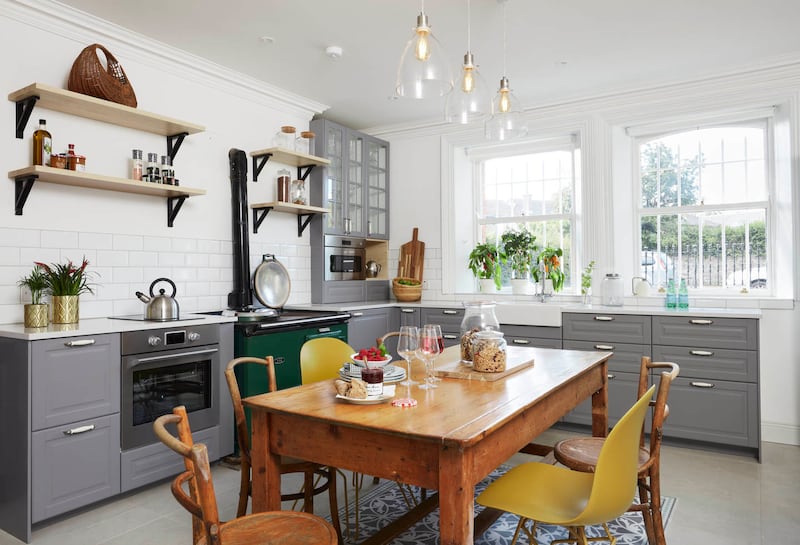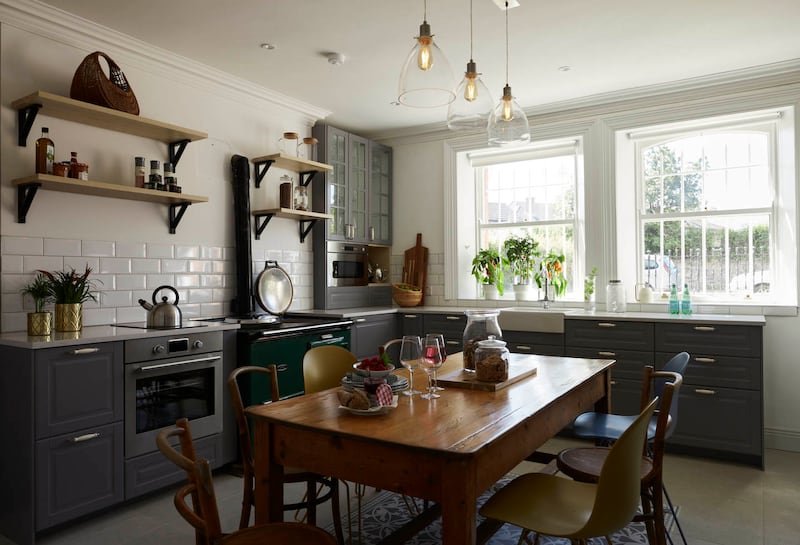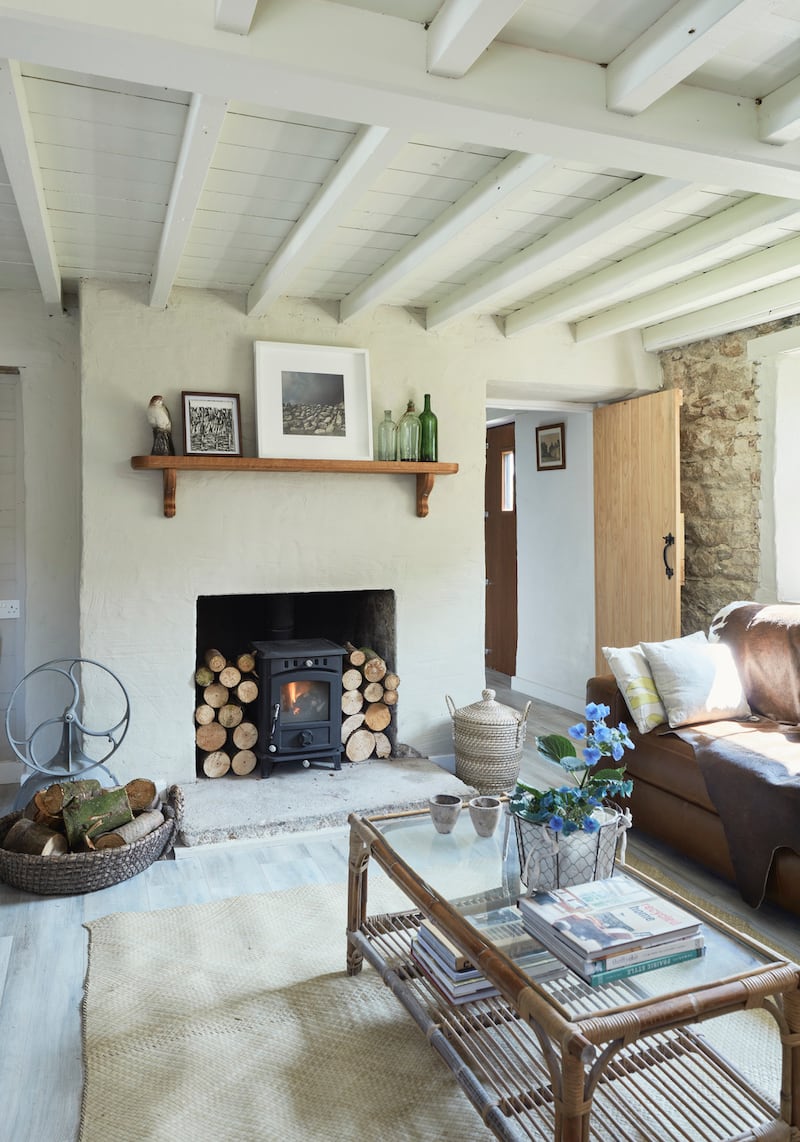If you’ve been home hunting, either to buy, let or simply to spend some holiday time in, then you are likely to seen a lot of interiors shots that look pretty awful. How, you might say, can owners expect to sell, rent or short let their property when it looks either dark, dingy or hopelessly cluttered.
Photos taken by owners themselves in a bid to cut costs are often badly composed, out of focus or show the property at less than its best.
Good pictures are the windows that drawn people in, says photographer Philip Lauterbach, who specialises in interiors photography. “The pictures move people to read the article or to explore the offer further.”


These images are not real life, he says. “They are artfully edited, styled and staged for your viewing pleasure. It’s about dressing the set.”
Architecture and interiors photography has a different energy, he explains. “It is a still life of sorts and as the photographer you’re the one creating the energy that the image has. It’s a different frame of thinking. You are creating the brushstrokes.”
So how do you bring a space to life? It’s all about positioning, he says. “It’s really about picking an angle and lighting it properly.”
His first piece of advice is to to spend some time composing the shot you want to take. The rise of the smart phone has led to a slew of self-taught photographers but Lauterbach says that many shoot selfie-shaped portrait pictures rather than the landscape shape that better frames and fits the shape of a room.

Move around when you’re taking the shots, he says . “ You should walk around a room to see what angle will work best for the shot. Shoot several angles as tests to see which looks the best.”
Shooting a room or property from different vantage points also delivers different-looking imagery. He hunkers down a lot as it delivers a better angle to take in most of the room.
“If the property is being featured in a magazine the lighting will be warmer to bring more emotion to the image. It will look slightly artier with more personal effects and props such as a cup of coffee and or a book spread open on the side table as if its reader just put it down and walked out of shot. It’s about creating a sense of authenticity.”

Real estate photography is a blend of the interior and the architectural. It has to show the bricks and mortar as well as the interior space in wide shot to show the rooms. The lighting will be more neutral. If the photos are to sell a property then the styling will be more nuanced and there will be more full room shots to show its scale using wide lenses to fit all of the room in. Repainting both interior and exterior before shooting for sale will really help the shots to jump out, he says.
Often a photographer will augment the light to match the interior to the exterior so that you can see the views through windows, for example, using a high dynamic range, the superimposition of several depths of field. When shooting interiors the light in the windows blows out. Include the window in the composition. It delivers a nicer looking shot, he says. So does taking photos from the inside the windows looking out to give an idea of the views and setting.
In an age of filters every image is a form of fake news, he laments. “Photoshop is overused. Seeing something like a light switch or a lamp cable can make the space look more human.”

How to make your space look good in photographs
Where possible, give the interior and exterior a fresh coat of paint
Get rid of clutter: a room will look much better with fewer pieces of furniture, piles of books or knickknacks.
Having taken items away, add back in a choice item or two to draw the eye. Artwork in particular: the real kind not the kind that interior designers use to match their colour scheme.
If the kitchen is old or dated then have the unit doors and drawers repainted or resprayed a contemporary fashion colour.
Shoot photographs in landscape format, the shape of most rooms, rather than in portrait, as most monitors and screens are landscape shaped.
People forget about bedrooms. Press and/or iron the bed linen. Cushions and textured throws can really help to dress the bed.
If you have a fire or stove then light it. It creates a welcoming feel.
Don’t photograph with the overhead lights on. Use table lamps and floor lamps to add atmosphere.
Rearrange furniture to help create a better feeling of space.
Shoot from the inside looking out so you can see the surroundings; trees, sea and/or sheep.











